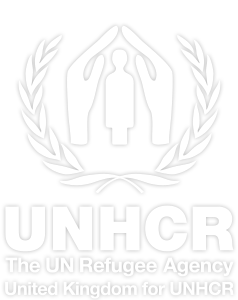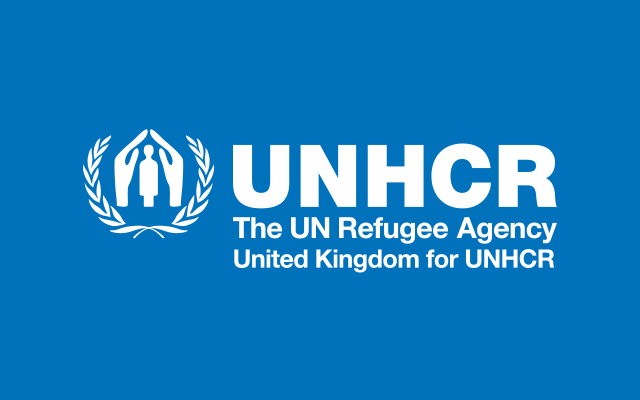Refugee facts you may not know in 2024
In conjunction with the Global Trends Report 2023, we’ve delved into some interesting refugee facts and stats that you may not know.
14.08.24
Following on from the publication of UNHCR’s Global Trends Report 2023 we’ve delved into some refugee facts and stats that’ll help you stay informed and challenge misinformation.
117.3 million displaced people
By the end of 2023, it was estimated that over 117 million people were forcibly displaced due to persecution, conflict, violence, human rights violations and events seriously disturbing the public order.
A 7% increase in the global refugee population
The global refugee population increased by 7% to reach 43.4 million during the year.
This includes 31.6 million refugees and people in a refugee-like situation and 5.8 million other people in need of international protection under UNHCR’s mandate, as well as 6 million Palestinian refugees under UNRWA’s mandate.
Compared to a decade ago, the total number of refugees globally has more than tripled.
Read more about the global trends here.
Resettlement needs are expected to spike
With resettlement needs expected to spike to almost 3 million in 2025, more resettlement places are urgently needed. Resettlement is one of the three durable solutions for those who have been forced to flee their home, providing them the right to reside long-term or permanently in another country.
In 2023, 158,700 refugees were resettled, according to government statistics.
You can read more about the projected global resettlement needs for 2025 here.
Nearly three-quarters of all refugees come from just five countries…
UNHCR’s annual statistics have shown that 73% off all refugees originate from five countries:
Afghanistan – 6.4 million
Syrian Arab Republic – 6.4 million
Venezuela – 6.1 million
Ukraine – 6.0 million
South Sudan – 2.3 million
Get to know some famous refugees who fled to the UK
- Do you remember that classic children’s book ‘The Tiger Who Came to Tea’? Originally published in 1968, the author Judith Kerr actually fled from Nazi Germany with her family in the early 1930s, she then went on to sell over 10 million copies of her famous books worldwide.
- The Saatchi brothers, Charles & Maurice who founded the British multinational communications and advertising agency in 1970 were forced to flee with their family from Iraq in 1947 to avoid persecution.
- There are a whole host of famous musicians and singers who fled to the UK as a refugee during their childhood, some names you may recognise include: Rita Ora, who relocated to the UK in 1991 from Kosovo and Freddie Mercury, lead singer of the band Queen, who came to England in 1964 from Zanzibar.
Asylum-seeker vs migrant vs refugee vs stateless person – what’s the difference?
Understanding the difference in the various terminology used is a common question we get here at UK for UNHCR, so here’s a quick guide to some of the differences:
A stateless person – stateless people do not have a nationality and can struggle to claim their basic human rights, such as education, healthcare, employment and freedom of movement. Many face a lifetime of obstacles – often not allowed to go to school, see a doctor, get a job, open a bank account, buy a house or even get married.
UNHCR is determined to end statelessness and is working with other international organisations, NGOs and UN agencies to make that happen.
A refugee – refugees are people who have fled war, violence, conflict or persecution and have crossed an international border to find safety in another country.
A migrant – this is someone who chooses to move not because of a direct threat of persecution or death, but mainly to improve their lives by finding work, or in some cases for education, or other reasons. Unlike refugees who cannot safely return home, migrants face no such impediment to return. If they choose to return home, they will continue to receive the protection of their government.
An asylum-seeker – An asylum-seeker is someone who is seeking international protection. Their request for refugee status, or complementary protection status, has yet to be processed, or they may not yet have requested asylum but they intend to do so.
Put your refugee facts to the test
Now that you’ve familiarised yourself with some of the key figures in the Global Trends Report 2023 and beyond, take our quiz to stay informed on refugees and displaced people to help you challenge misinformation.




